


After decades of dormancy, Resumed Excavation at Ratnagiri Buddhist Monastery in Jajpur district is expected to shed light on previously unknown aspects of the historic site. Led by ASI officer Debala Mitra, previous excavations in the 1960s yielded thousands of rare artifacts, establishing Ratnagiri as an ancient Buddhist university. With renewed efforts beginning on November 20 and the participation of students from prestigious universities, the mysteries of Ratnagiri may finally be revealed. However, logistical challenges and lack of on-site facilities for workers and researchers are causing some concerns. Nevertheless, this venture promises to greatly expand our knowledge of Buddhist heritage in the region and contribute to further studies.
Ratnagiri Monastery: A Resumed Journey into Buddhist History
The Ratnagiri Monastery, located in the Jajpur district of Odisha, India, has been the subject of renewed excavation by the Archaeological Survey of India (ASI) since November 2020. This ancient Buddhist site, once dormant, is now yielding valuable insights into its rich history and significance.
Background
Ratnagiri was a prominent Buddhist monastery established around the 5th century BCE. It flourished as a major center of Buddhist learning and monastic life for over a millennium. Excavations in the 1960s, led by ASI officer Debala Mitra, unearthed thousands of rare artifacts, including bronze and stone sculptures, seals, coins, and pottery. These discoveries established Ratnagiri as a renowned ancient Buddhist university.
Resumed Excavations
After decades of dormancy, the ASI has resumed excavations at Ratnagiri under the leadership of Debala Mitra. This renewed effort aims to uncover previously unknown aspects of the historic site and shed light on its role in the development of Buddhism in the region. Students from prestigious universities are participating in the excavation, providing valuable research experience and fresh perspectives.
Logistical Challenges
Despite the excitement surrounding the resumed excavations, there are some concerns regarding logistical challenges. The lack of on-site facilities for workers and researchers has been highlighted as a potential hindrance to the smooth progress of the excavation. Additionally, ensuring the safety and well-being of the team in the face of harsh weather conditions and remote location can be daunting tasks.
Significance
The continued excavation of Ratnagiri Monastery is expected to greatly expand our knowledge of Buddhist heritage in Odisha and contribute to further studies. Archaeological discoveries at the site will provide insights into the monastic life, religious practices, and art and architecture of ancient Buddhists. The excavation also has the potential to shed light on the political and economic aspects of the region during that period.
Top 5 FAQs
Q: Why was Ratnagiri Monastery excavated in the 1960s?
A: To understand the historical significance of the site and uncover its archaeological remains.
Q: What are the key discoveries from the 1960s excavations?
A: Thousands of rare artifacts, including bronze and stone sculptures, seals, coins, and pottery.
Q: Why was the excavation at Ratnagiri Monastery discontinued?
A: Lack of funding and logistical challenges.
Q: What is the significance of the resumed excavations at Ratnagiri Monastery?
A: To uncover previously unknown aspects of the site and shed light on its role in the development of Buddhism in Odisha.
Q: What challenges are being faced in the resumed excavations?
A: Lack of on-site facilities for workers and researchers, harsh weather conditions, and remote location.

As winter sets in, North India is facing a hazardous rise in air pollution, with several cities recording ‘severe’ and ‘very poor’ air quality. Delhi, the nation’s capital, is currently covered in thick smog, causing the Air Quality Index (AQI) to reach dangerous levels. In response, the Delhi administration has implemented anti-pollution measures and advised vulnerable populations to limit outdoor activities. While some cities, such as Patna and Lucknow, also faced ‘very poor’ air quality, others like Pune, Hyderabad, Mumbai, Kolkata, Bengaluru, and Ahmedabad saw ‘moderate’ or even ‘satisfactory’ levels.

The Delhi Traffic Police has started cracking down on violators of the Graded Response Action Plan (GRAP) III in the national capital. On the first day of the ban on BS III petrol and BS IV diesel vehicles, around 550 challans were issued with a total fine of over Rs 1 crore. Additionally, 4,855 vehicles were also fined for not having a valid Pollution Under Control Certificate (PUCC). The ban also extends to inter-state buses from NCR cities into Delhi. Traffic police have intensified checking and returned over 300 prohibited vehicles, prosecuting those without PUCC certificates. This comes as the city faces severe air pollution levels and the Delhi government implements restrictions under stage III of the GRAP.
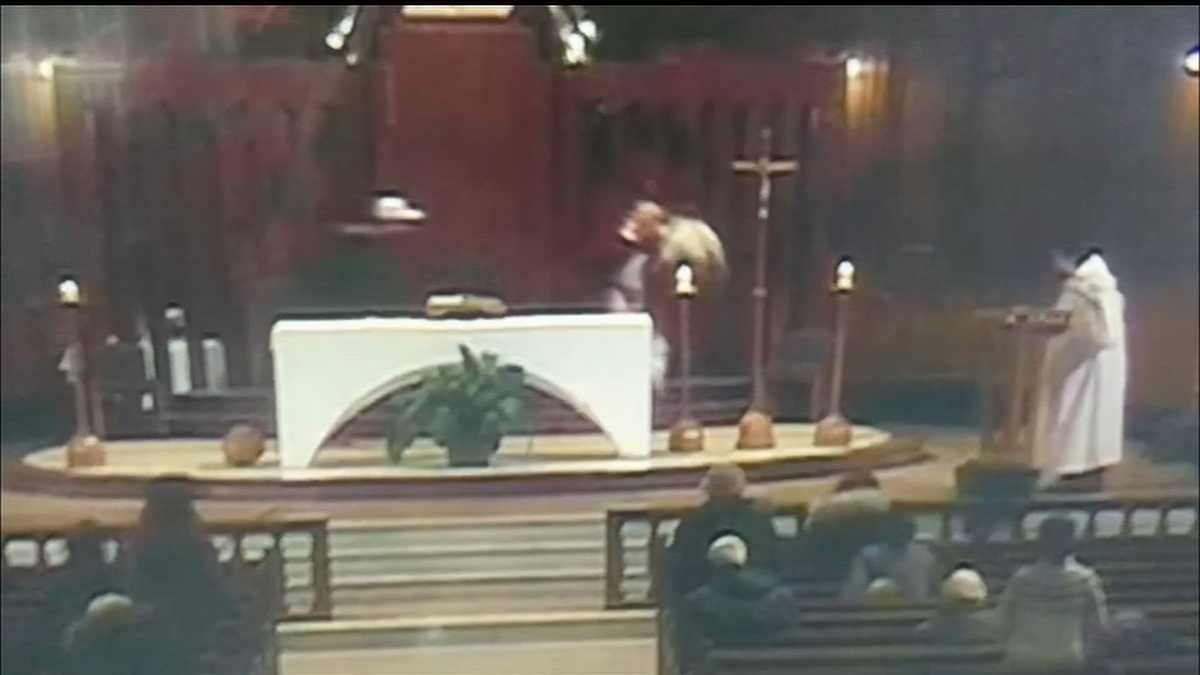
A Roman Catholic priest named Christopher Lee was stabbed inside a church in Singapore by a Singaporean attacker. The priest was in stable condition and the attacker has been arrested. Despite the rarity of violent crimes in Singapore, Prime Minister Lawrence Wong expressed shock and sadness over the incident and reminded that violence has no place in the city. Preliminary investigations suggest that the attack was not an act of terrorism and the suspect, a 37-year-old Christian from the local Sinhalese community, acted alone. Masses at the church will continue as scheduled despite the incident.
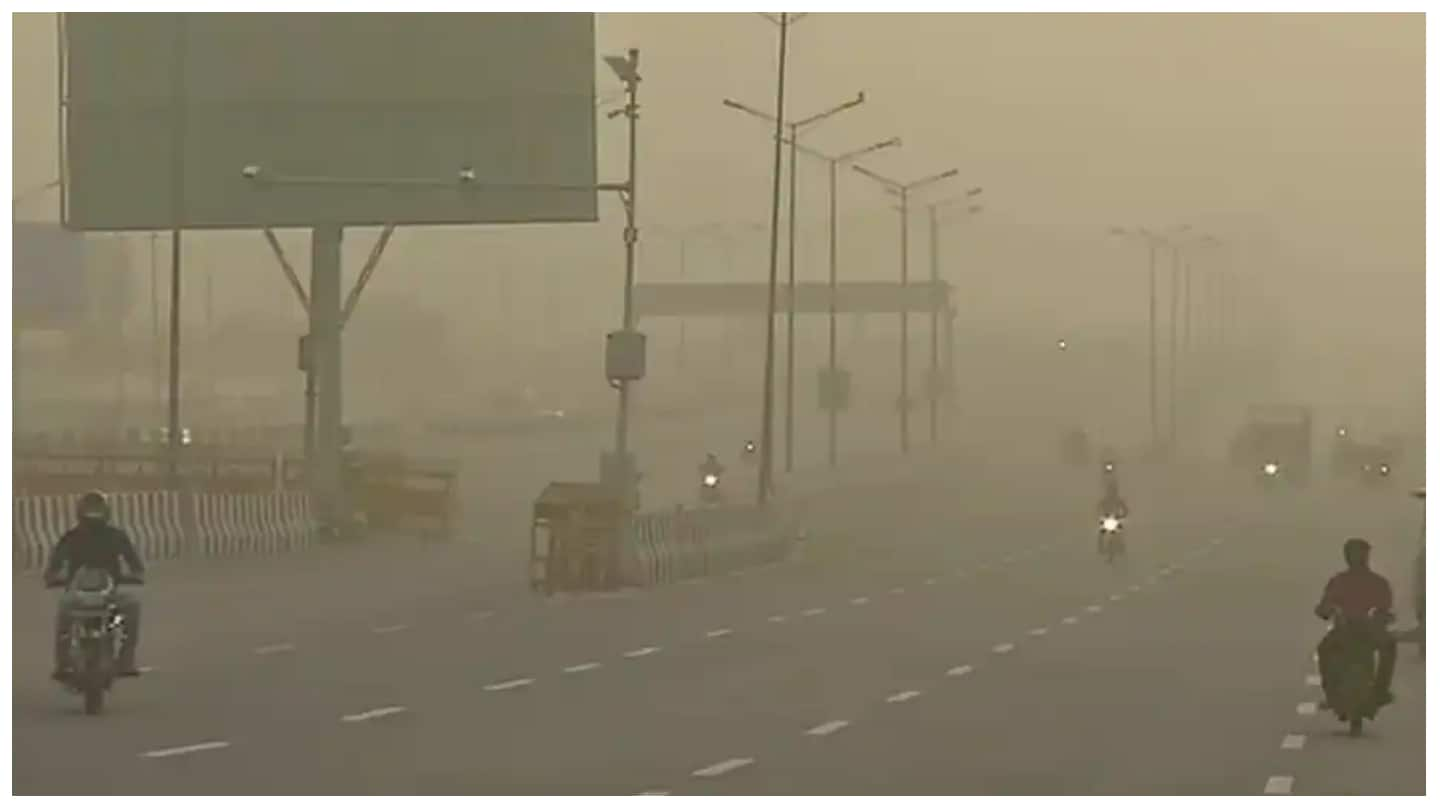
Delhi experienced a cold and breezy evening on Thursday, accompanied by dense fog that resulted in low visibility and added to the chill in the air. The city recorded its second-lowest daytime temperature of the season at 29.4 degrees Celsius. According to the India Meteorological Department (IMD), the maximum temperature on Wednesday was the lowest of the winter season so far. Visibility was also significantly affected, measuring at 200 metres at Safdarjung and Palam.
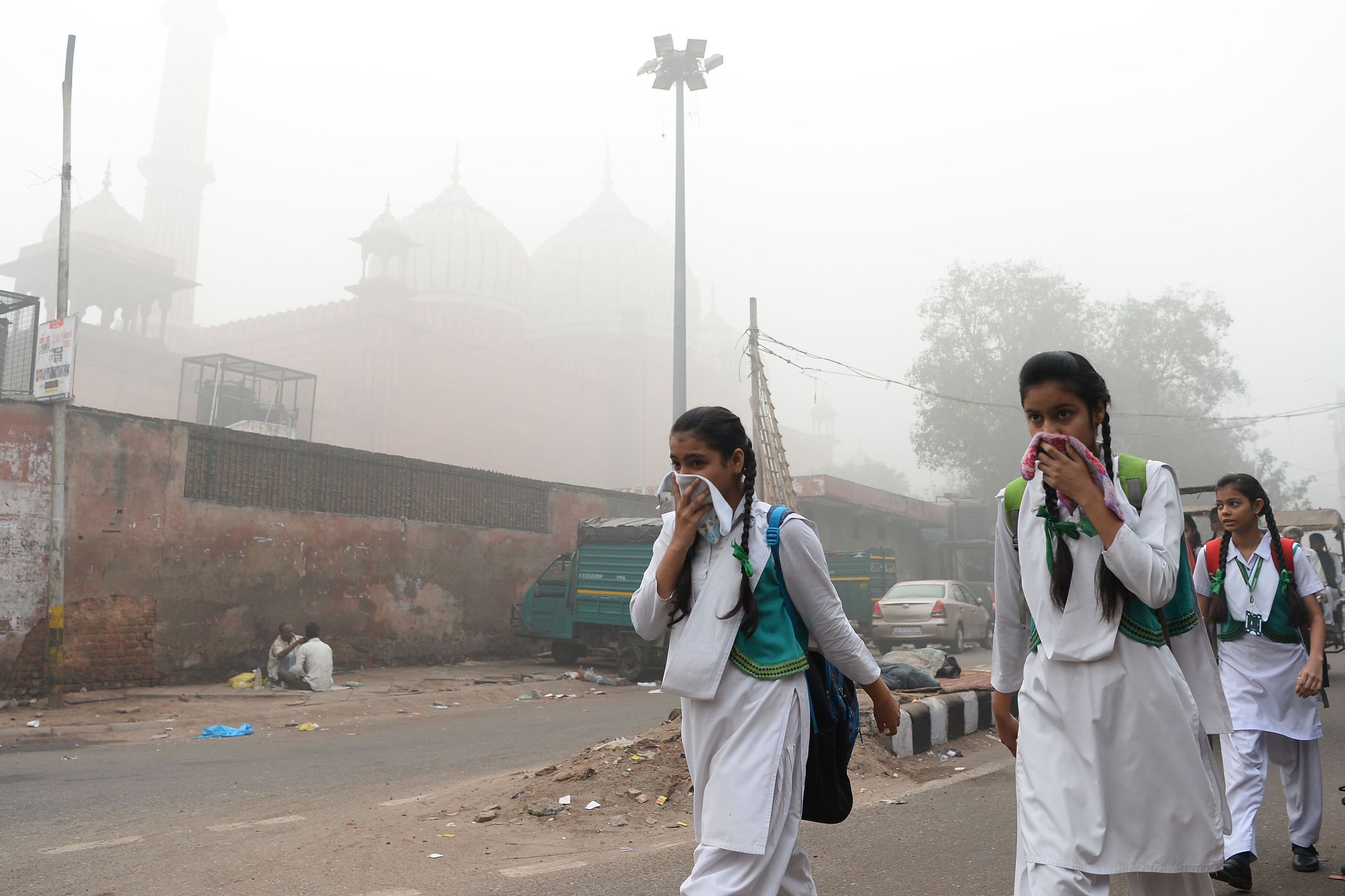
As Delhi's air quality reaches hazardous levels, Stage-IV of the Graded Response Action Plan has been activated, leading to shifts in daily routines for residents. The Commission for Air Quality Management announced that all students except for those in Classes 10 and 12 will switch to online classes until further notice. With the AQI exceeding 450, authorities are urging vulnerable groups to stay indoors and take precautions to protect their health.
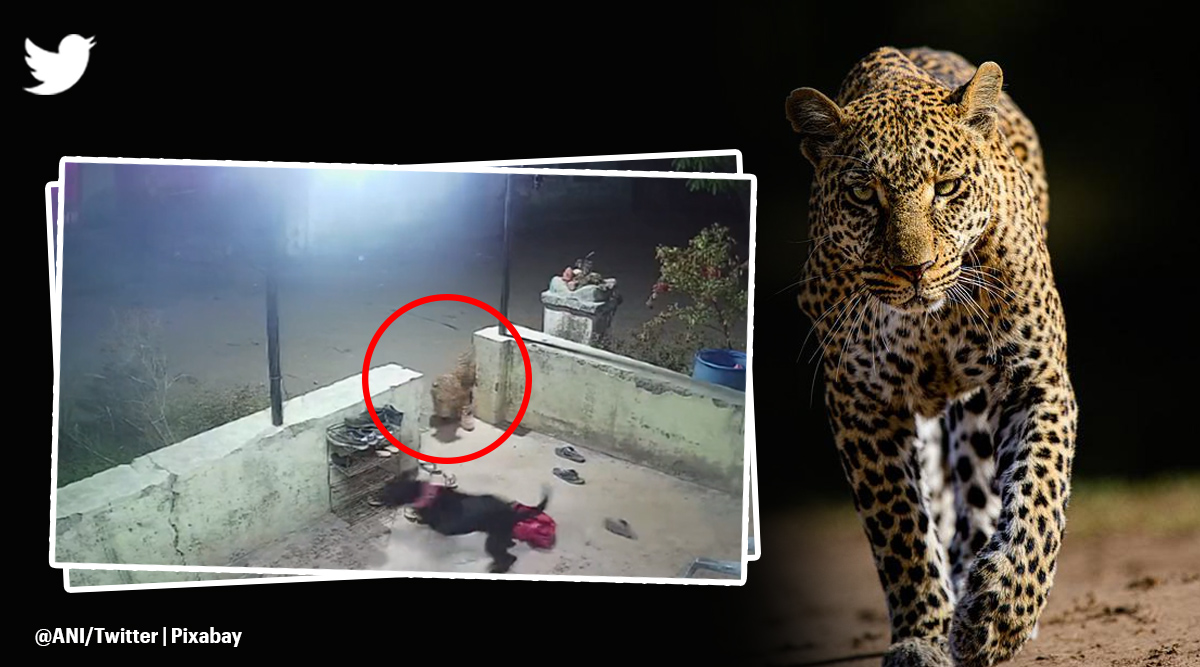
A CCTV footage from Rajasthan's Mount Abu capturing a leopard attacking a pet dog has gone viral, sparking safety concerns for tourists visiting the region. The alarming encounter shows the intense struggle between the big cat and the Labrador Retriever, with the dog eventually escaping after the leopard is distracted by a woman's screams. This incident serves as a reminder for visitors to remain vigilant and follow safety guidelines in areas known for wild animals.
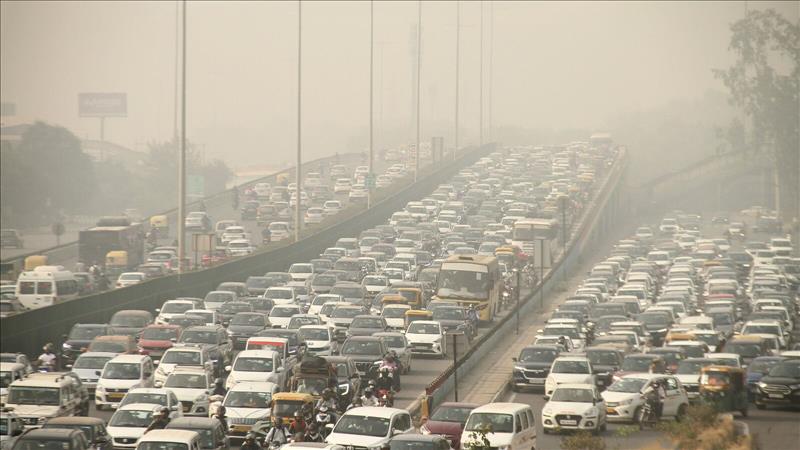
In response to the hazardous levels of air pollution in Delhi, the Commission for Air Quality Management has enforced stricter measures under Stage 4 of the Graded Response Action Plan. As a result, all schools in Delhi will transition to online learning except for Grades 10 and 12, and this decision will remain in effect until further notice. Additionally, Haryana has also implemented measures to address the poor air quality, with deputy commissioners being authorized to temporarily close physical classes up to Grade 5 in affected districts. Stay updated on the latest education news, exam updates, campus updates, and study abroad related news live on NDTV.com.
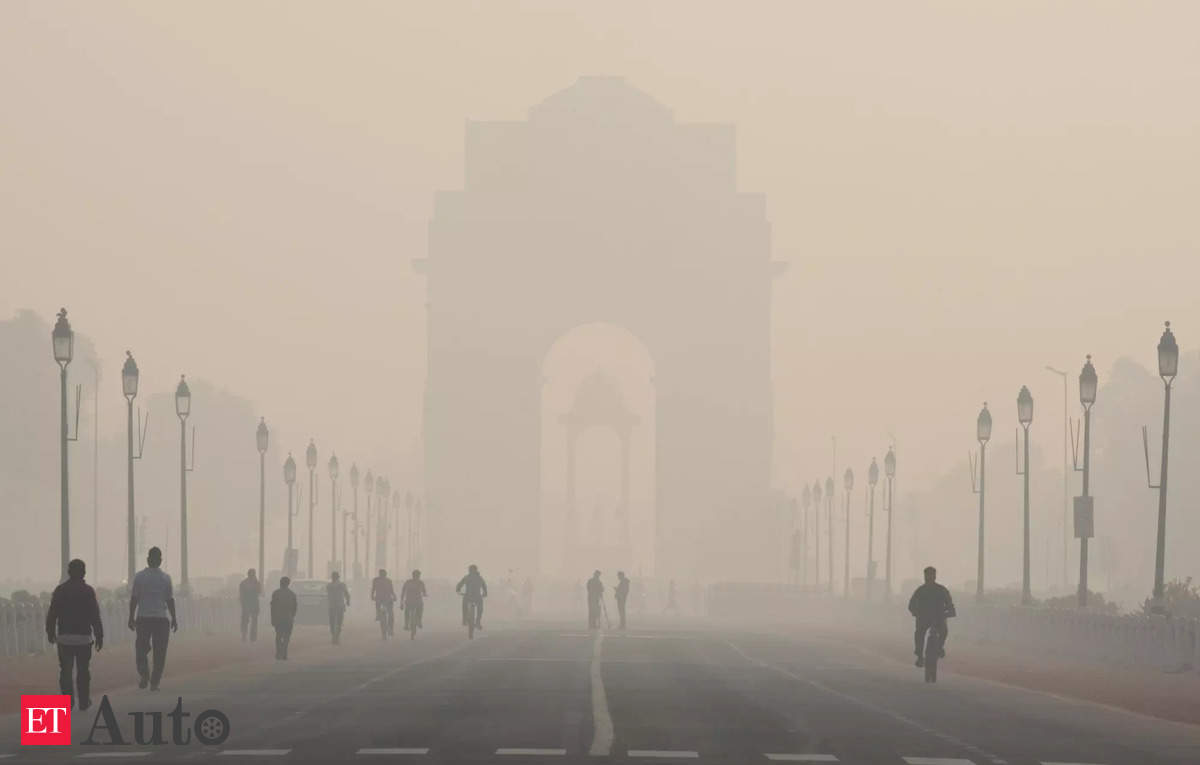
The Delhi government has taken strict measures to combat pollution and smog in the city by implementing GRAP Stage III, which includes a ban on BS-III petrol and BS-IV diesel vehicles. This comes as part of India's efforts to adopt Bharat Stage VI emission norms by 2020 and reduce air pollutants by 80%. The move aims to ensure a cleaner and healthier environment for the citizens of Delhi.

A tragic fire in the Neonatal Intensive Care Unit of Jhansi Medical College took the lives of 10 newborns and sparked a multi-level investigation by the Uttar Pradesh government. Deputy CM Brajesh Pathak announced that three separate probes will be conducted to determine the cause of the fire and any possible lapses. Hospital officials suspect a short circuit in an oxygen concentrator as the origin of the fire. While the incident was deemed "sad and unfortunate," BJP MLA Rajeev Singh Parichha highlighted that 35 infants were rescued. CM Yogi Adityanath has urged for swift rescue operations and support for affected families.